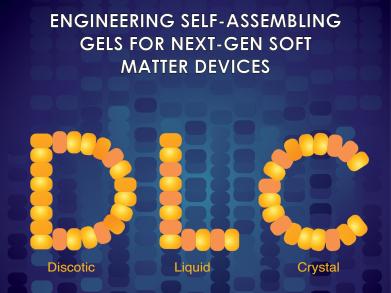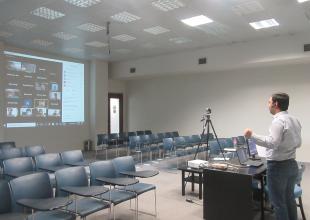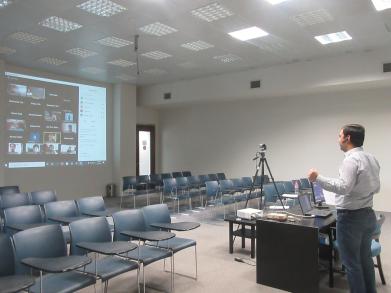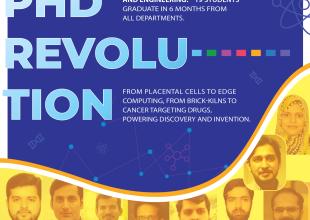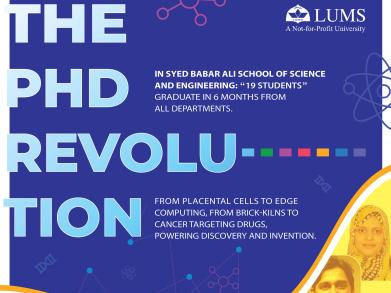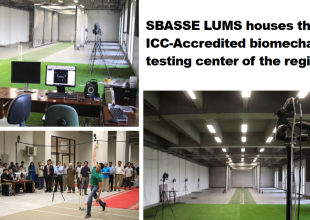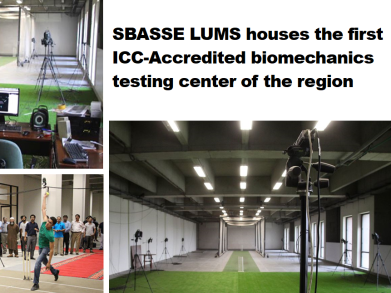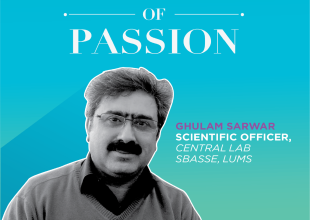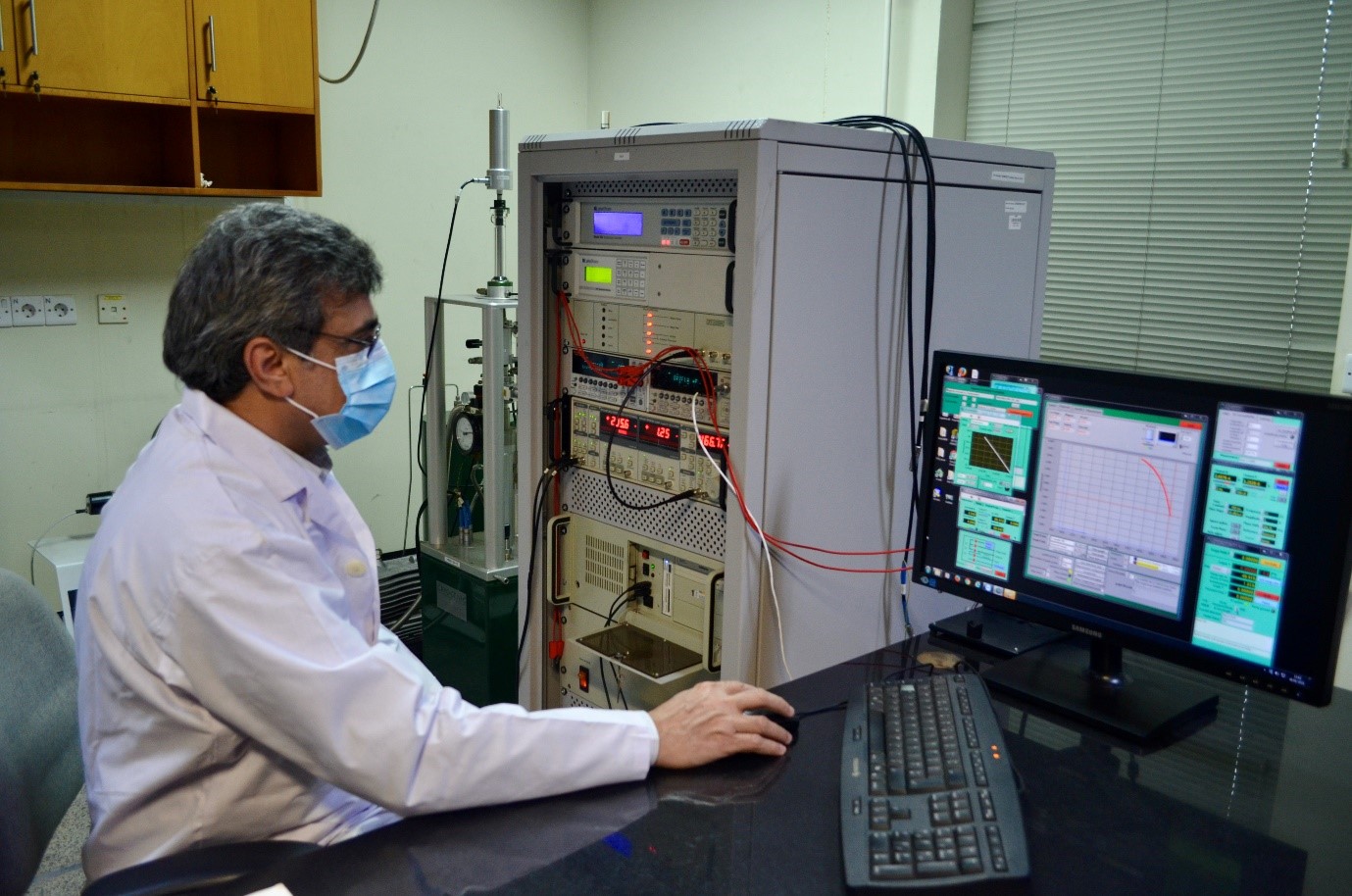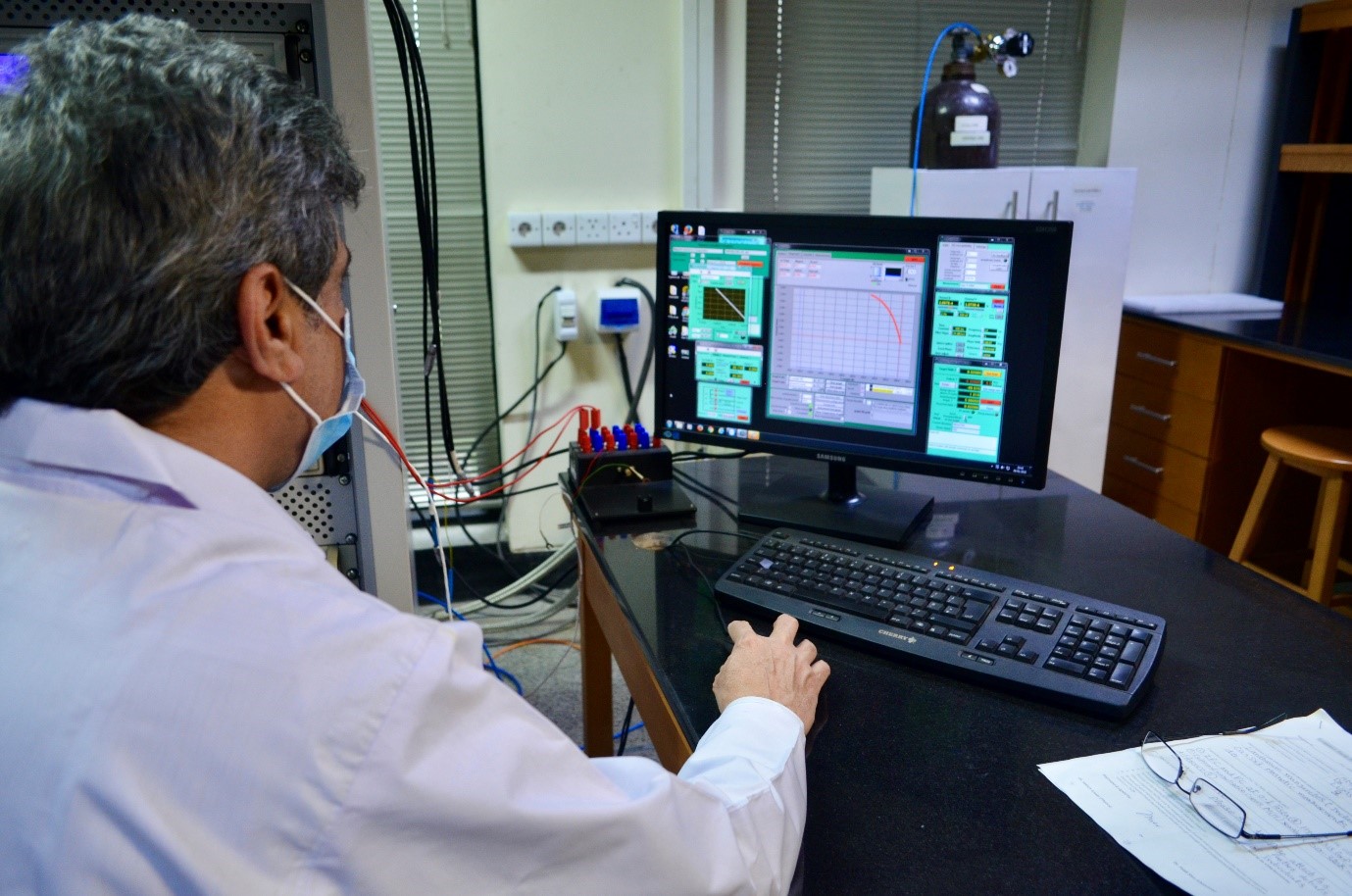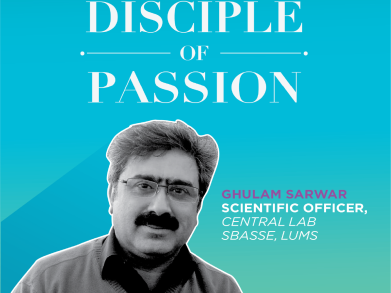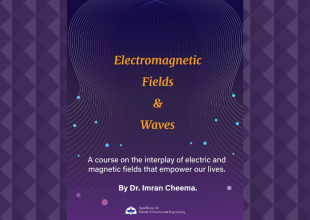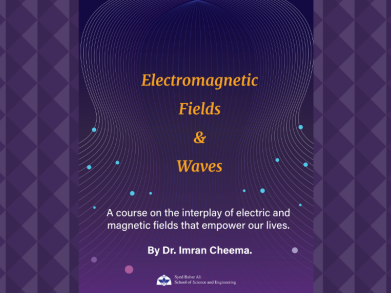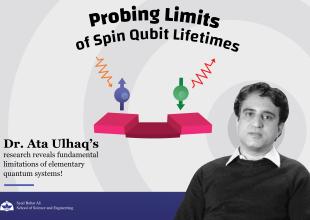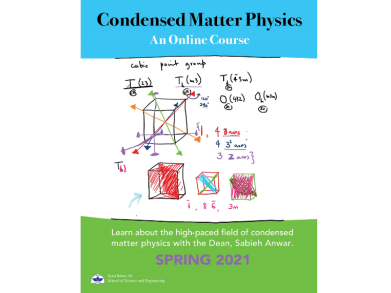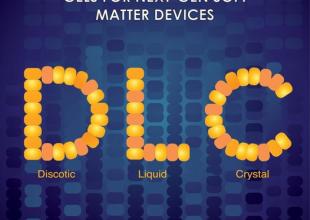
Threading a needle can be a tedious task. Imagine engineering a thread that would automatically align itself as it nears a needle and threads itself – everything would be right again! This work focuses on engineering threads that encourage self-assembled gels to form that may have important and diverse applications.
A team of researchers including Dr. Ammar A. Khan along with research teams of Dr. Ata ul Haq and Dr. Habib ur Rehman have studied ways of crafting tiny fibers made up of columns of disc-shaped crystals, called Discotic Liquid Crystals (DLCs). Discotic liquid crystals are key to this study and can be imagined as a stack of coins where the length of and order within each stack determines the physical characteristics of the resultant gel that has optoelectronic properties, which means engineers will have the capability to befriend light and electricity through this material to our benefit. This can bear applications in sensors, displays and photovoltaic surfaces with better reliability and efficiency.
Say H-A-T. The study involves four different DLCs, that have been named HAT4, HAT5, HAT6 and HAT7, where HAT stands for Hexakis Alkyloxy Triphenylene. Out of these, HAT7 has been found to create the most thermally stable gel. Additionally, a special type of solar cell was created to test the photovoltaic properties of the gel. A strong dependency was revealed between solar cell performance and gel structure of HAT7. Another important set of components for this experimental study were alkyl chains. Think of alkyl chains as extensions to molecules. They can be added or removed to make molecules shorter or longer. Different lengths of alkyl chains in a gelator medium resulted in different length and thickness of fibers.
We congratulate Dr. Ammar A. Khan and the teams of Dr. Ata ul Haq and Dr. Habib ur Rehman for this work getting published in the journal Liquid Crystals.
Reference: Quratulain, Sehrish Iqbal, Shahzad Akhtar Ali, Murtaza Saleem, Habib Ur Rehman, Ata ul Haq & Ammar A. Khan (2020) Engineering fibre morphology in self-assembled physical gels of a prototypical discotic liquid crystal, Liquid Crystals, DOI: https://bit.ly/34dpdiL

